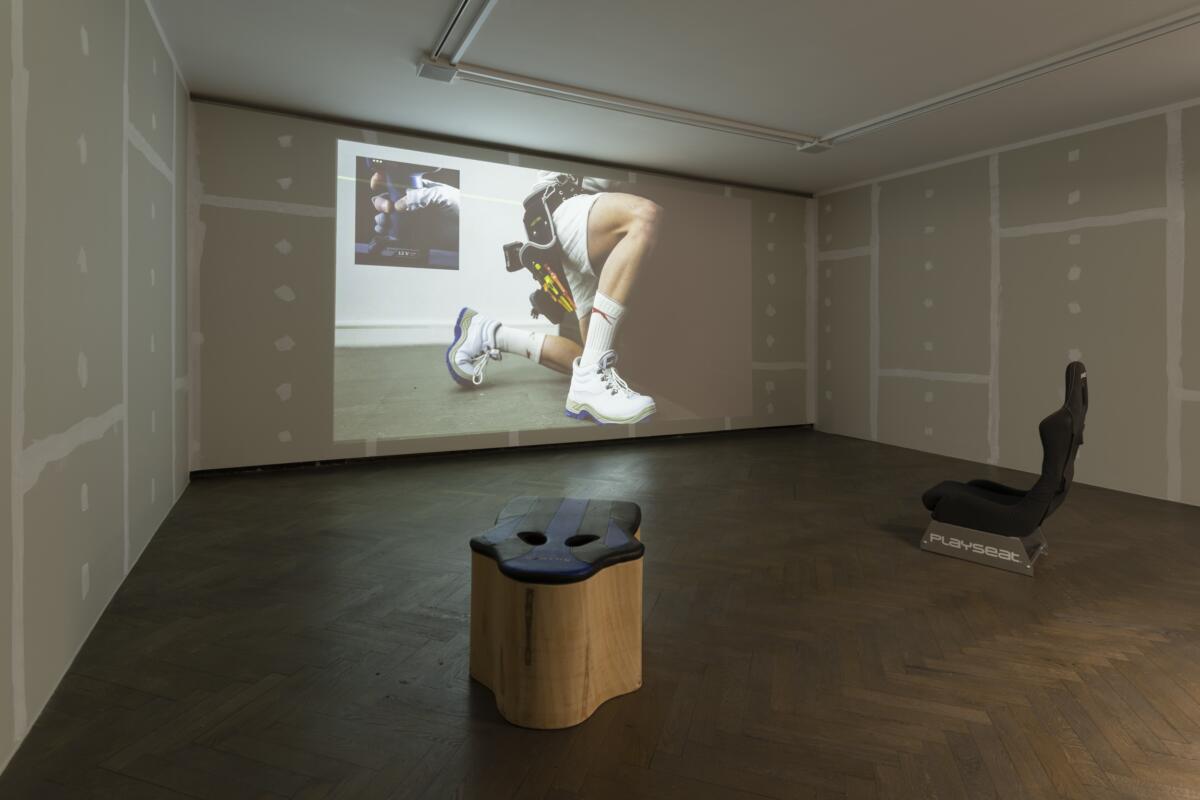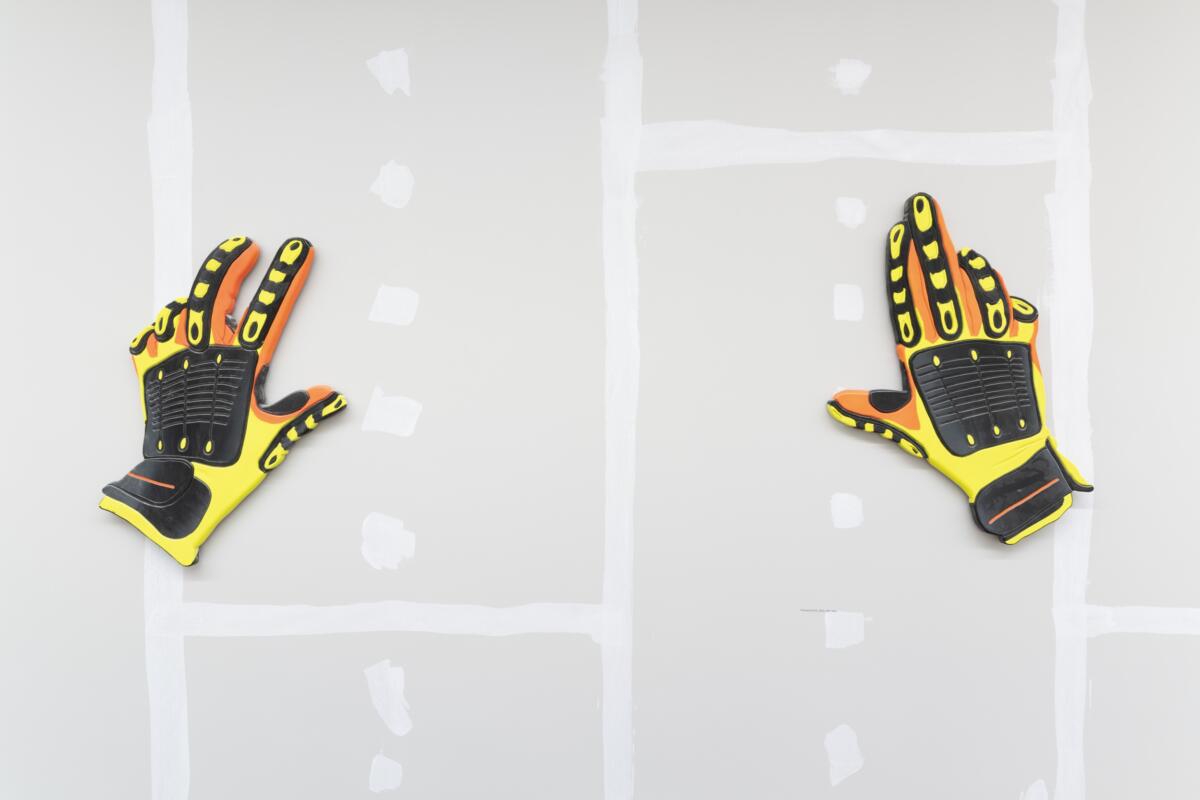
Contrary to what the name suggests, a solo show is inherently a group effort. Nevertheless, the still prevalent white cube paradigm typically presents viewers with artworks as products of an individual, making an attempt to cover up and efface all traces of outside agency. A contrasting logic governed Change of Exposition, at Arsenal Gallery in Białystok, whose authors question the notion of individual authorship and bring to the foreground what the white cube model renders invisible. Change of Exposition was conceived and realized together with the technical department of the gallery and it is through sharing the privilege of being seen and shown, that artist Bartek Buczek and curator Tomek Pawłowski-Jarmolajew created an exceptional and daring example of constructive institutional critique.
Buczek occupies an unobvious position in the art world. Trained as a painter and active as artist, he parallelly works as an art handler, fabricator and technician, witnessing and participating in the processes behind the formation of art exhibitions. Buczek sees the technical and artistic aspect of his activity as equals. He allows one to influence the other, but simultaneously he’s well aware of the distinctive qualities of the two. When asked for the reasons behind his sympathy towards technical labor, Buczek responded with the following: „When you’re an artist, apart from exhibitions you occasionally take part in, you set deadlines for yourself, you decide when an artwork is finished. I associated this with a sense of insufficiency, incompleteness. When working on an artwork as a producer, a deadline is agreed upon and you not only know what takes how much time, but above all, you know perfectly well whether you did it right. That’s the satisfaction unencumbered by artistic dilemmas”[1]. Such a comprehensive and clear definition could only come from a person with a detailed knowledge of the inner workings of the spheres of creation and production, often presented as opposing, disjointed worlds. The show at Białystok’s Arsenal points towards the fact that the boundary between the two is not always so clear and in this sense, aptly reflects Buczek’s personal convictions.
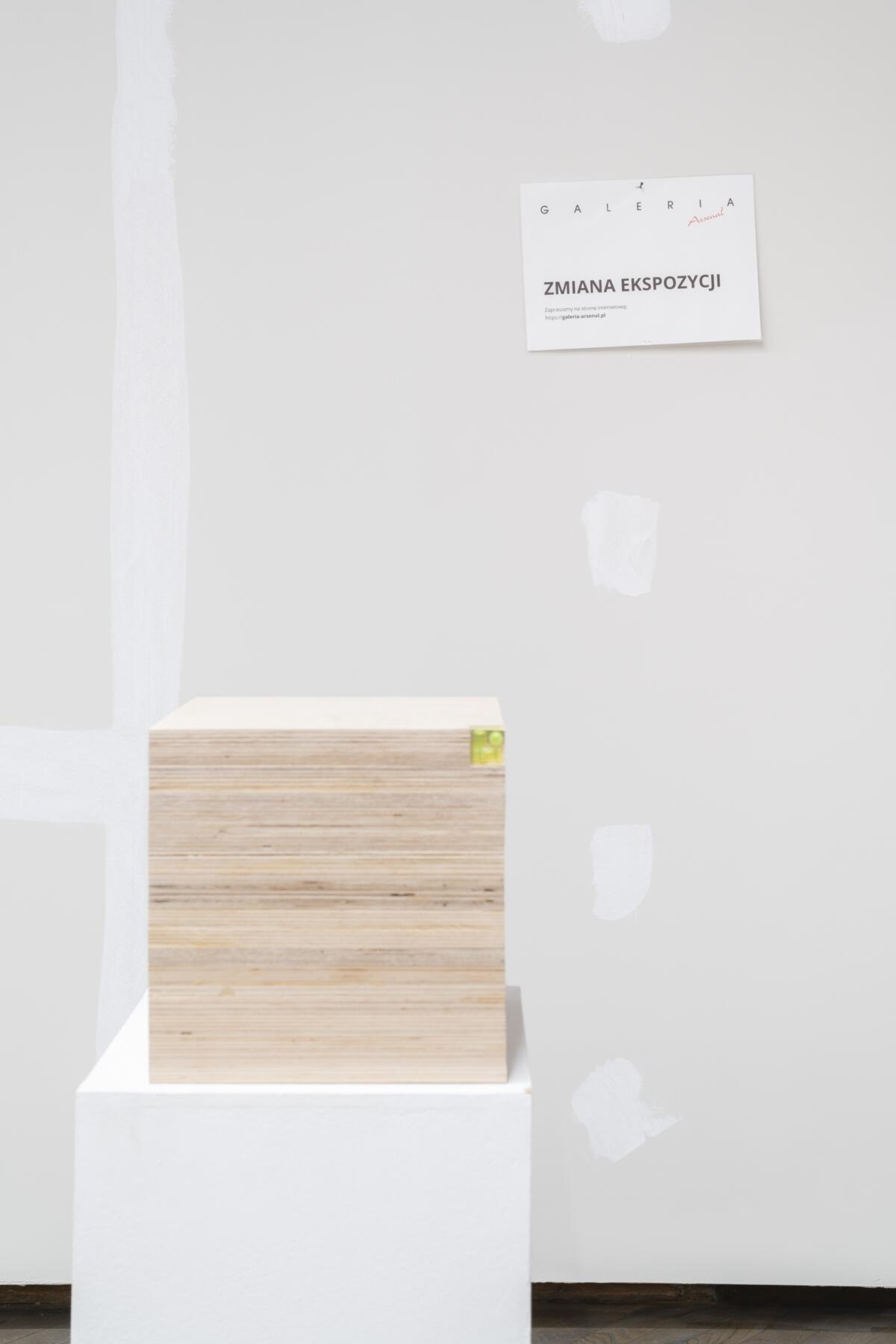
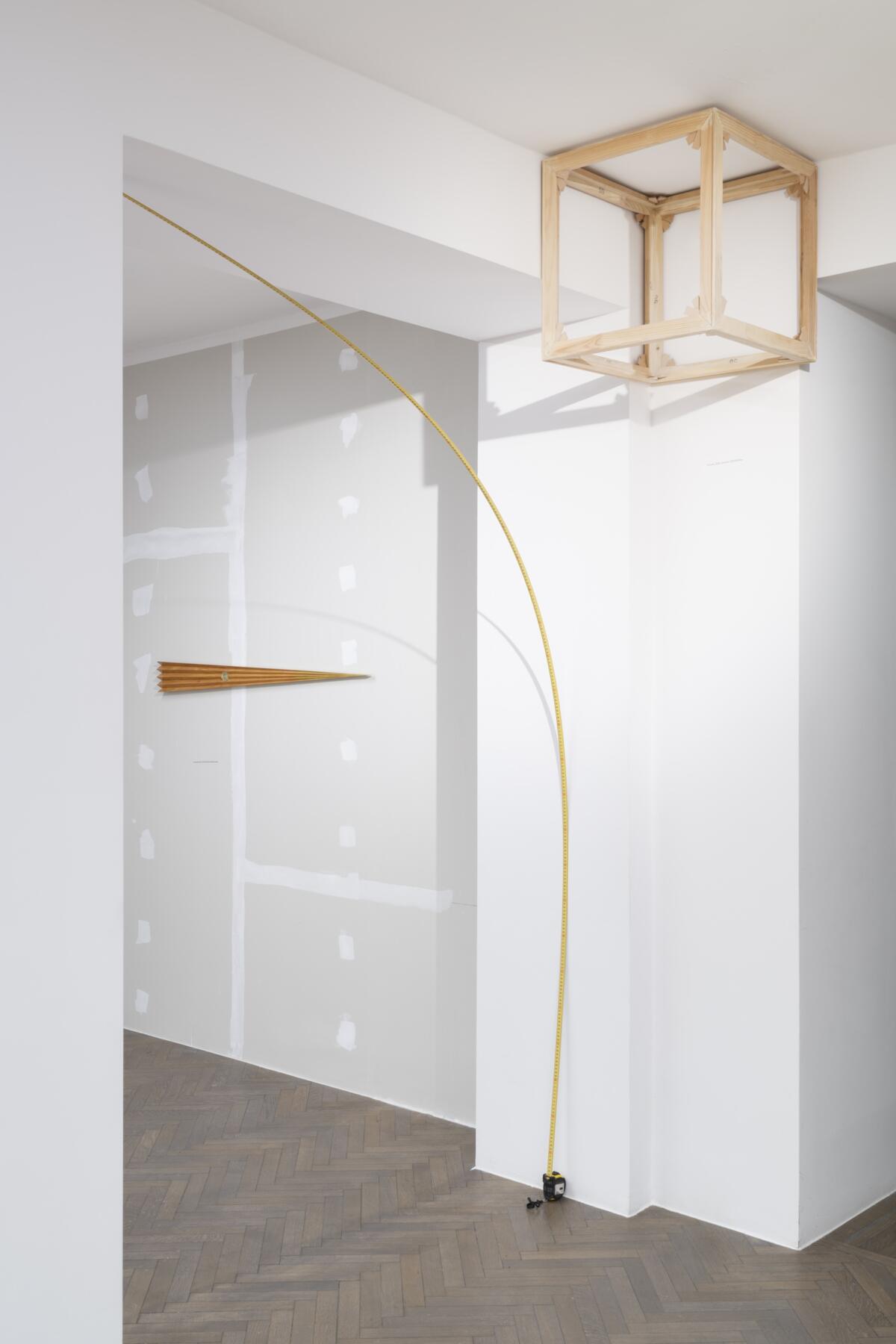
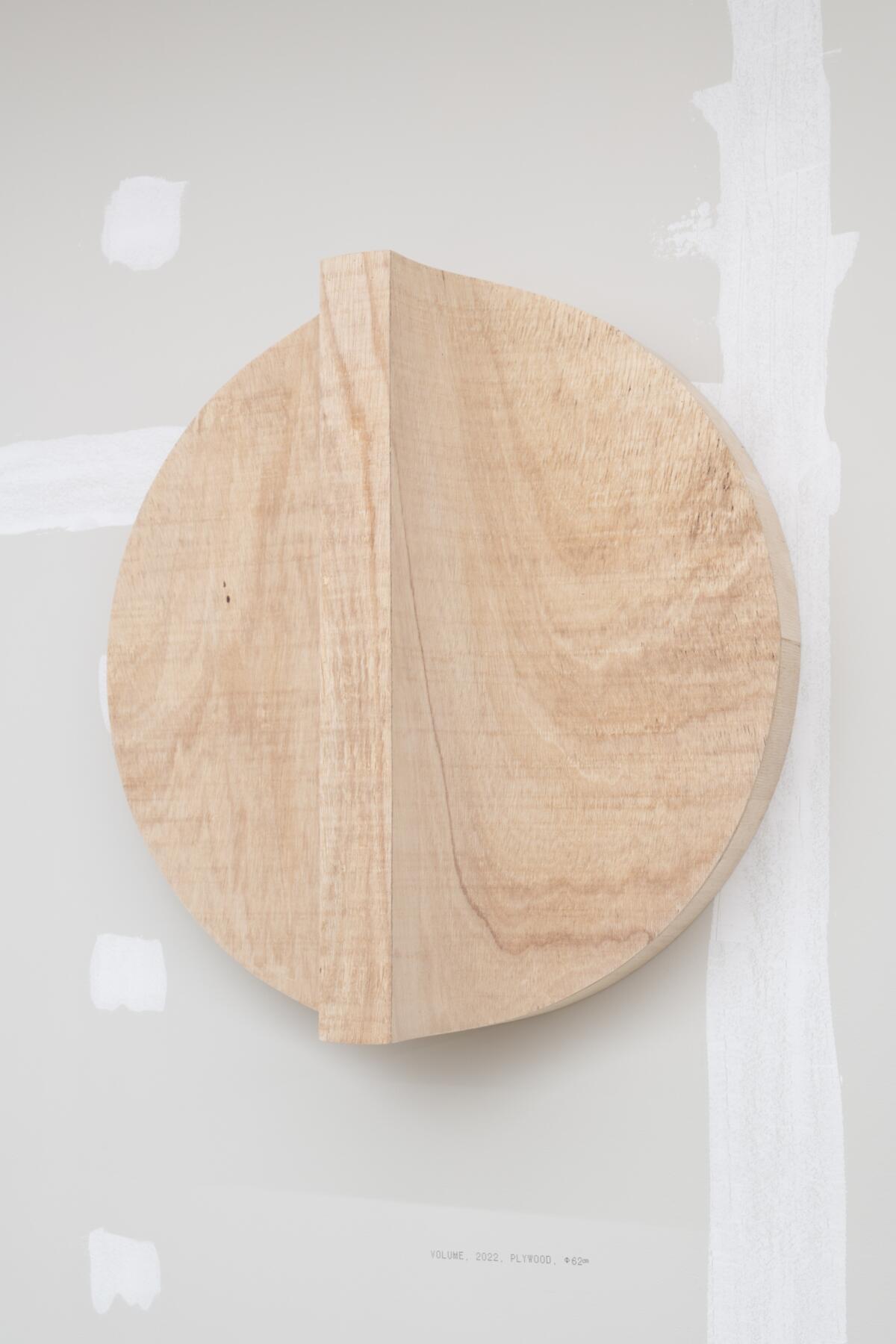
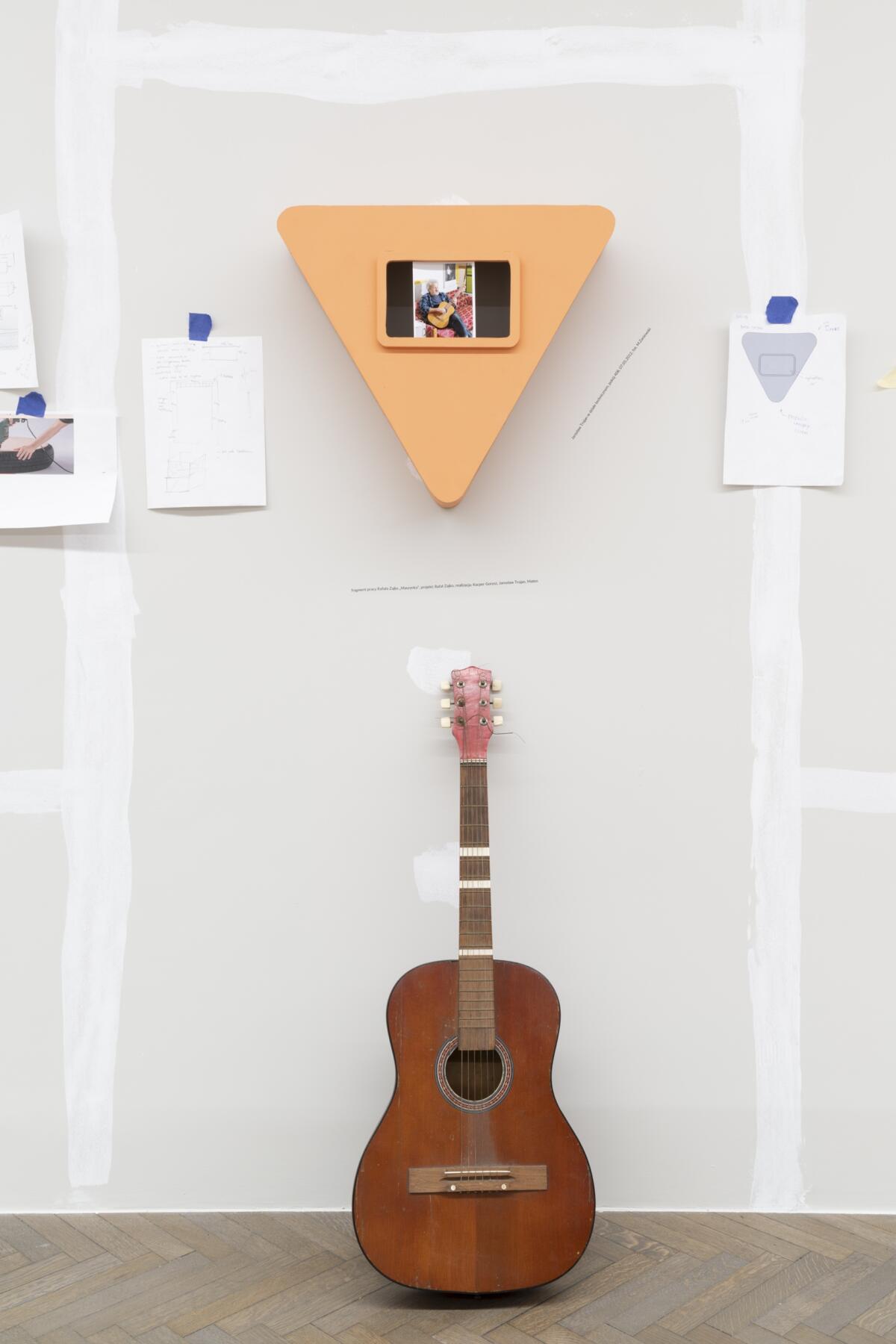
Entering Change of Exposition, unfolding across three rooms of the gallery, the visitor encounters an unobvious space; a sharp antithesis of what one expects from a contemporary art exhibition. Amidst the disarray of technical aides and wooden sculptures gathered in the center of the room, the show looks as if it has been open a day too early: the gallery walls not yet painted white, with patches of paint marking the positions of screws still to be twisted in and panels still to be mounted. However not everything in Change of Exposition is what it seems: this regular pattern against a greyish background that is reiterated across the entire exhibition space, is in fact Buczek’s Layout (2023), a trompe l’oeil mural, camouflaging as exhibition walls just before being prepared for the hanging of artworks. Humorously blurring the boundaries between art objects and scenography and at the same time questioning the borders between the realm of influence of the author of the concept and its manufacturer, this playful piece sets the tone for the rest of the show.
The mural serves as a background for a curious assemblage of items mounted on the walls. The set includes repurposed elements of artworks previously shown in Arsenal, xeroxed designs, sketches on paper, and lists sourced from both the artist’s and the institution’s archives. The opposite wall carries Buczek’s own works, which can read as meta-monuments to the artist’s favorite tools and tokens of his appreciation for technical labor. A scaled-up facsimile of a wood jigsaw carved out from a MDF board (Hitachi CJ110, 2022), hangs next to Volume (2022), an even, wooden tondo, cut out from a piece of plywood, simultaneously resembling a knob and a piece of minimalist sculpture.
It’s difficult to guess the provenance of the objects placed in the central space of the show. Some are fragments of past exhibitions’ architecture, like the bench prepared for the 2019 Bauhaus Centenary show See you after the Revolution! or wooden plinths, elements of a display system designed by Buczek for Hyper Text Hotel[2] placed next to a table with a disarrayed pile of notes, pens, and empty coffee cups. In the middle of this peculiar collection stands an older work by Buczek (Armchair for the Creator’s Studio, 2015), a precise duplicate of the famous furniture piece designed by Gerrit Rietveld. The original seat, rather than a place for rest, was meant to stimulate the person sitting in it to creative work. In Buczek’s adaptation, the chair’s red back has been worn out, revealing a yellowish underpaint below the red layer, indicating that the chair’s owner used it against the designer’s intentions. The dialectic of tiredness and zeal is perhaps best embodied by Monster (2022), a gigantic replica of the logo of the popular energy drink, Buczek’s favorite little helper. Barely fitting the exhibition room, and preventing the show from being seen in its entirety from a single vantage point, with its edges touching the ground and the ceiling, the tilted, monumental “M” – the installation of which itself seems like a display of technical skill – casts a shadow onto two crates from the collection of Arsenal containing the artworks of Iza Tarasewicz and Szymon Kobylarz which remain locked inside.
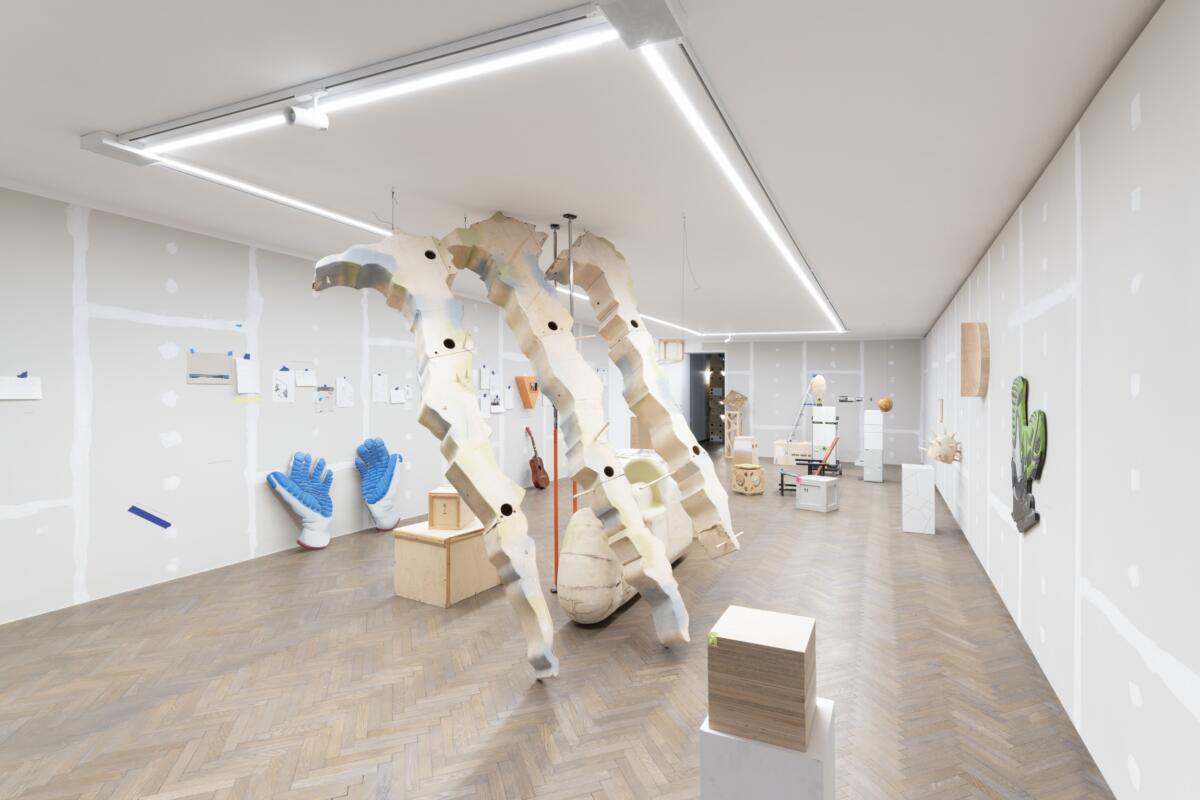
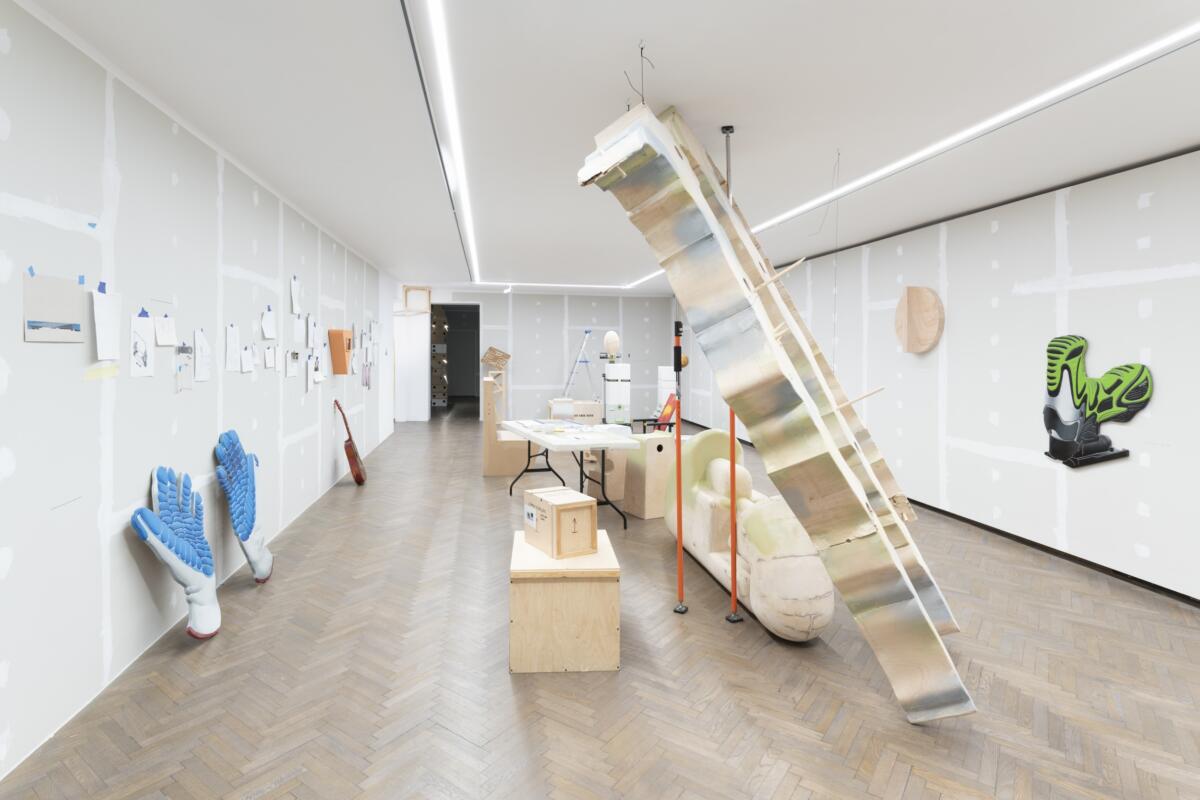
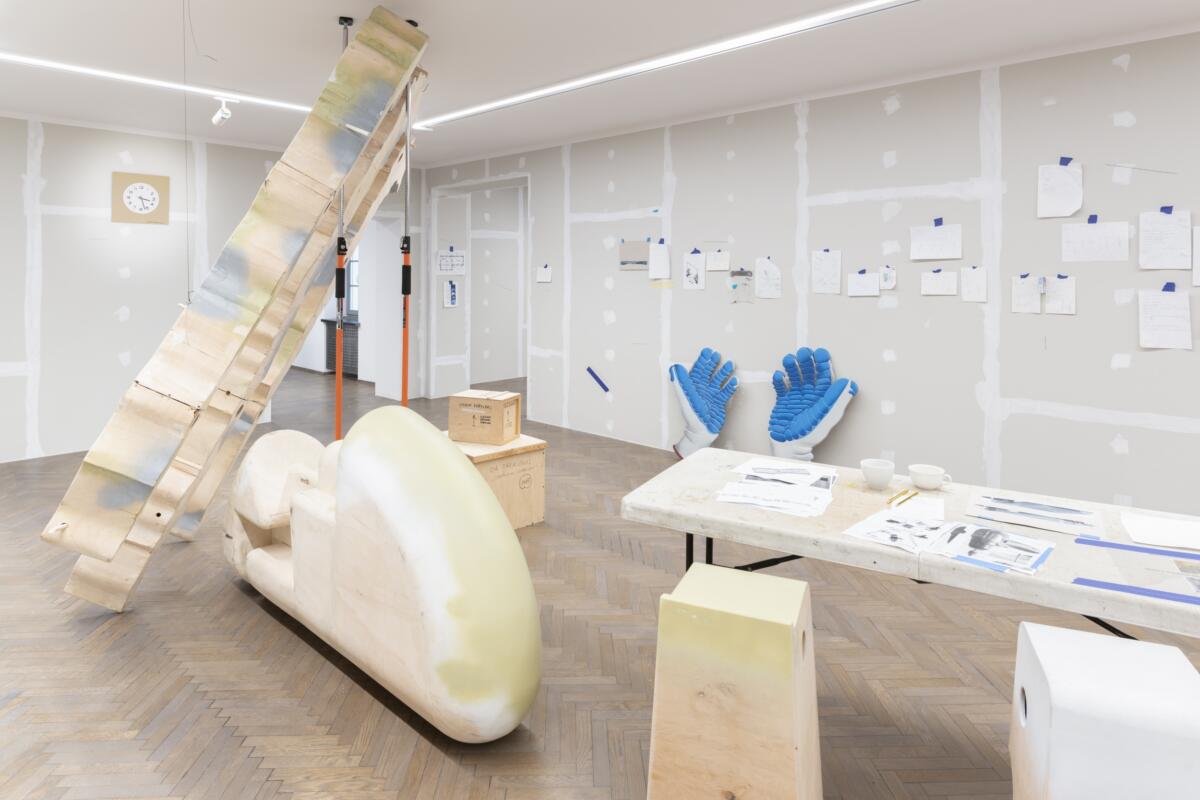
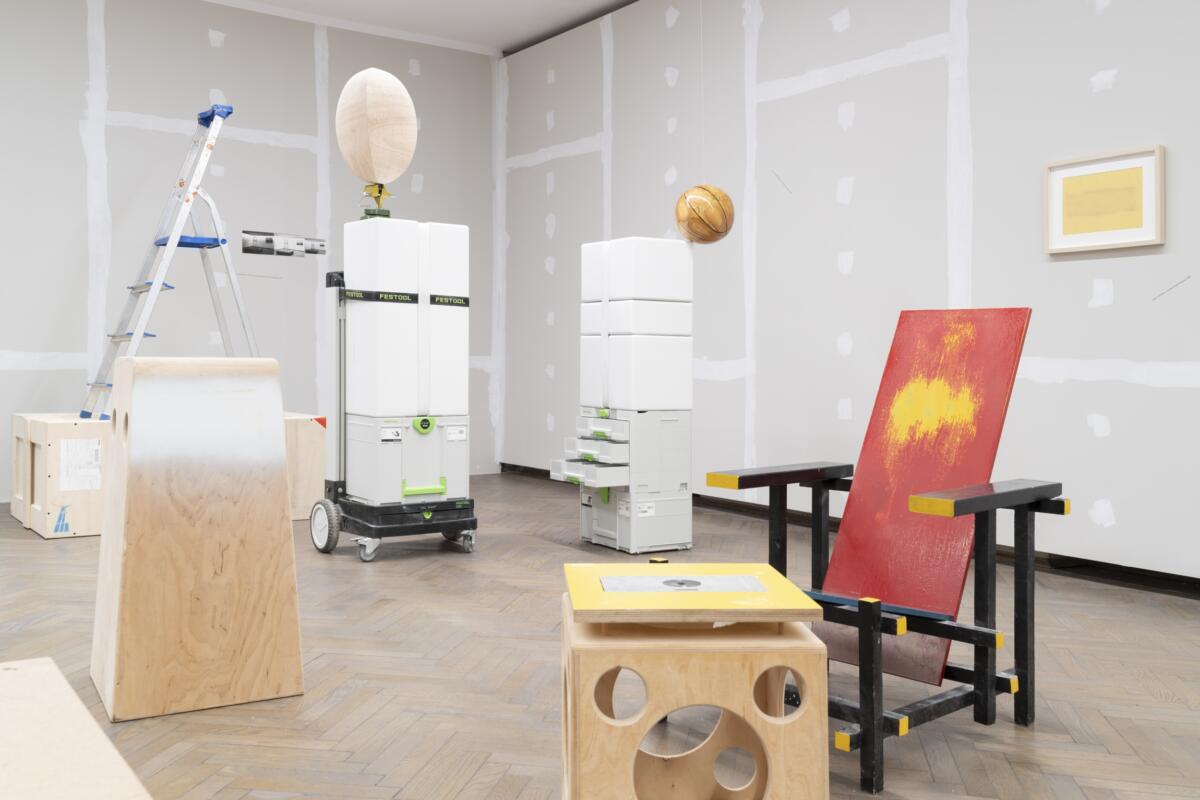
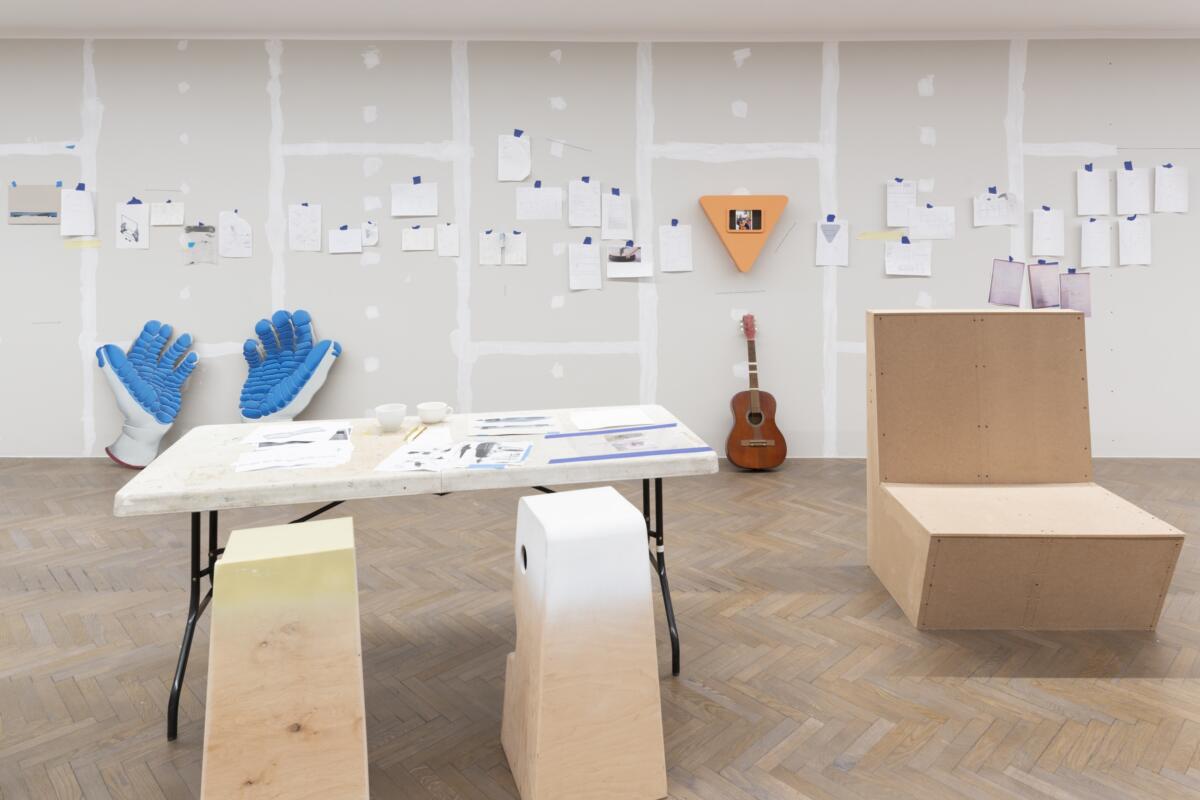
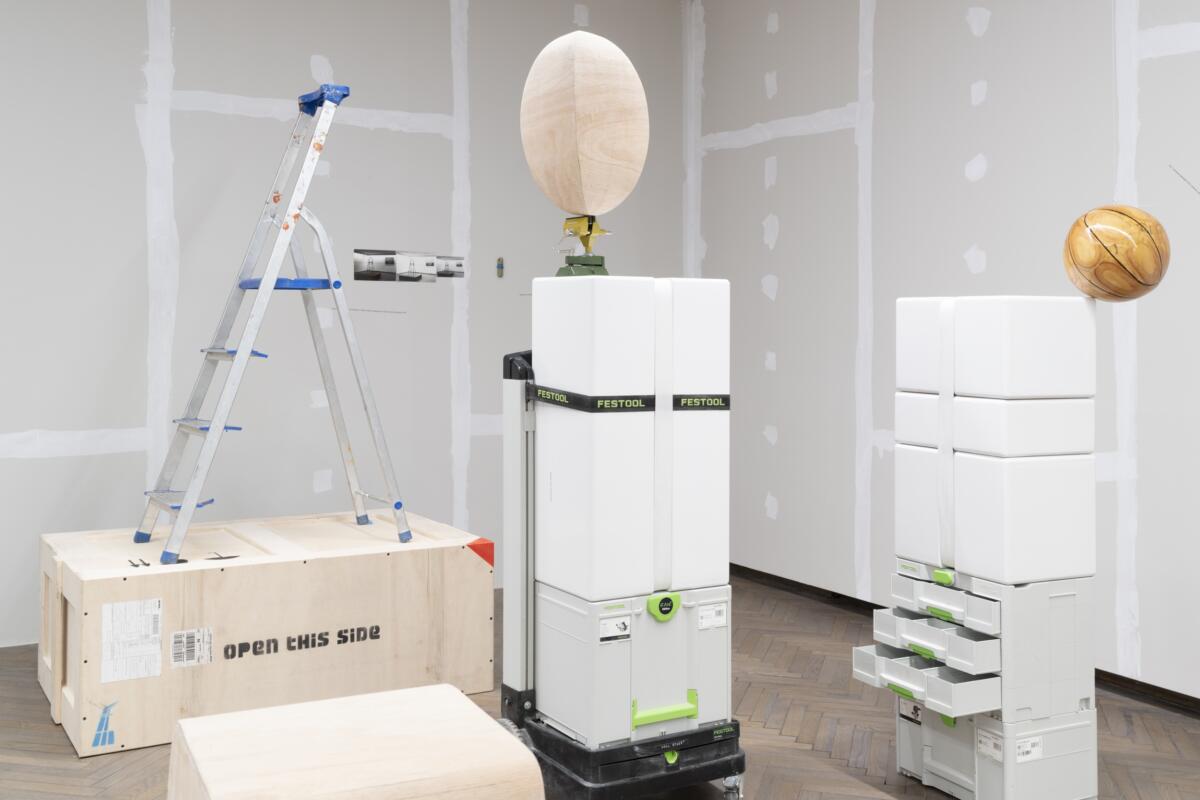
The technical department of the institution has been an equal agent of Buczek’s solo exhibition, contributing to the show not only with technical support and installation, but with concepts and artworks. One of the items authored by the technicians is the Gallery of Nails and Screws (2023), a neatly hung row of available fasteners used in exhibition mounting, all stapled to a board. Another, an idea by Michał Małeczek, realized by Bartek Buczek and Kacper Gorysz, was a column constructed of paint buckets tightly squeezed between the gallery’s floor and ceiling. The viewer can also witness how the history of the institution intertwines with the personal history of its staff: the back of the main room displayed black and white documentation of a monographic show of Edward Krasiński which opened in Białytsok in 1998. Next to it hung a lighter embellished with Krasiński’s signature blue tape, sourced from Zbigniew Świdziński’s – one of the technicians – private collection. Another crucial part of Change of Exposition involving the technical staff of the institution unfolded outside the exhibition rooms. The show was a pretense for organizing the 1st Symposium of Technicians, a premiere gathering of technical employees from private and public art institutions in Poland. The topics of non-institutional transference of knowledge, technical insights, and the fragile trust between technicians, artists, and curators discussed in the panels were a crucial starting point for a broader conversation that still needs to take place between the technicians and the artworld’s many actors.
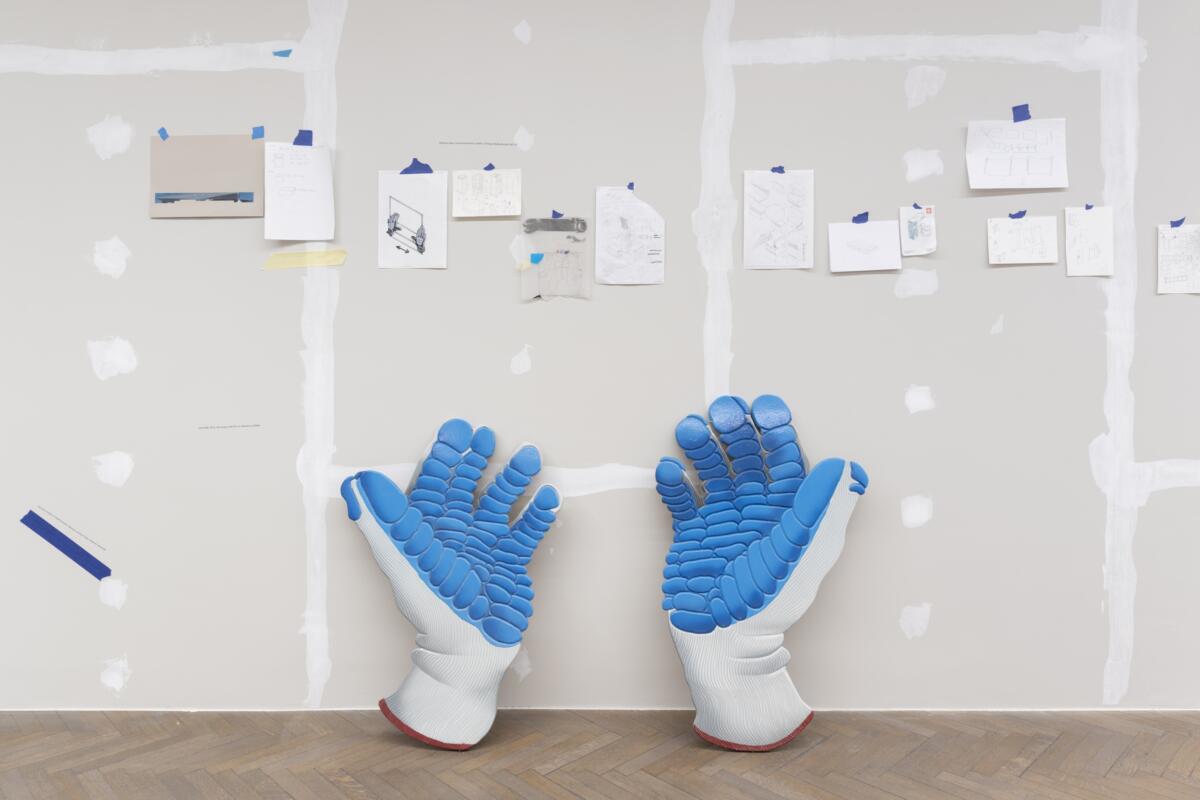
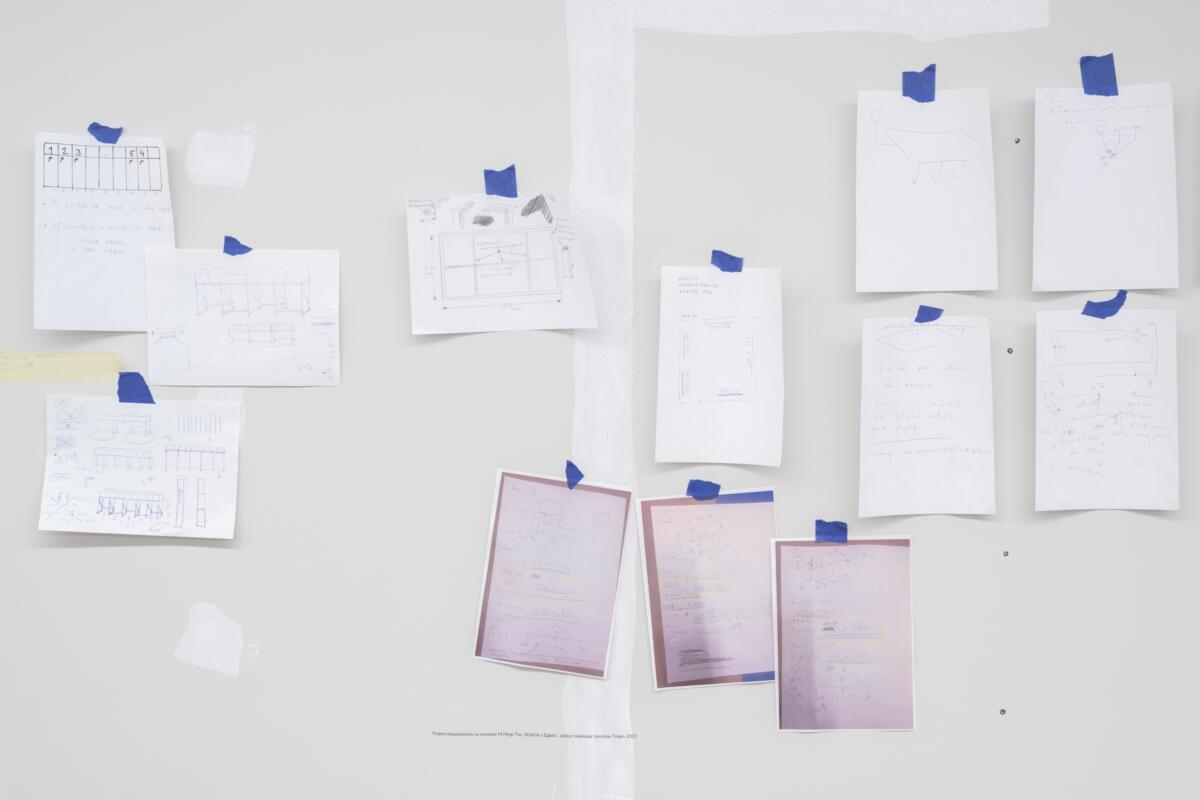
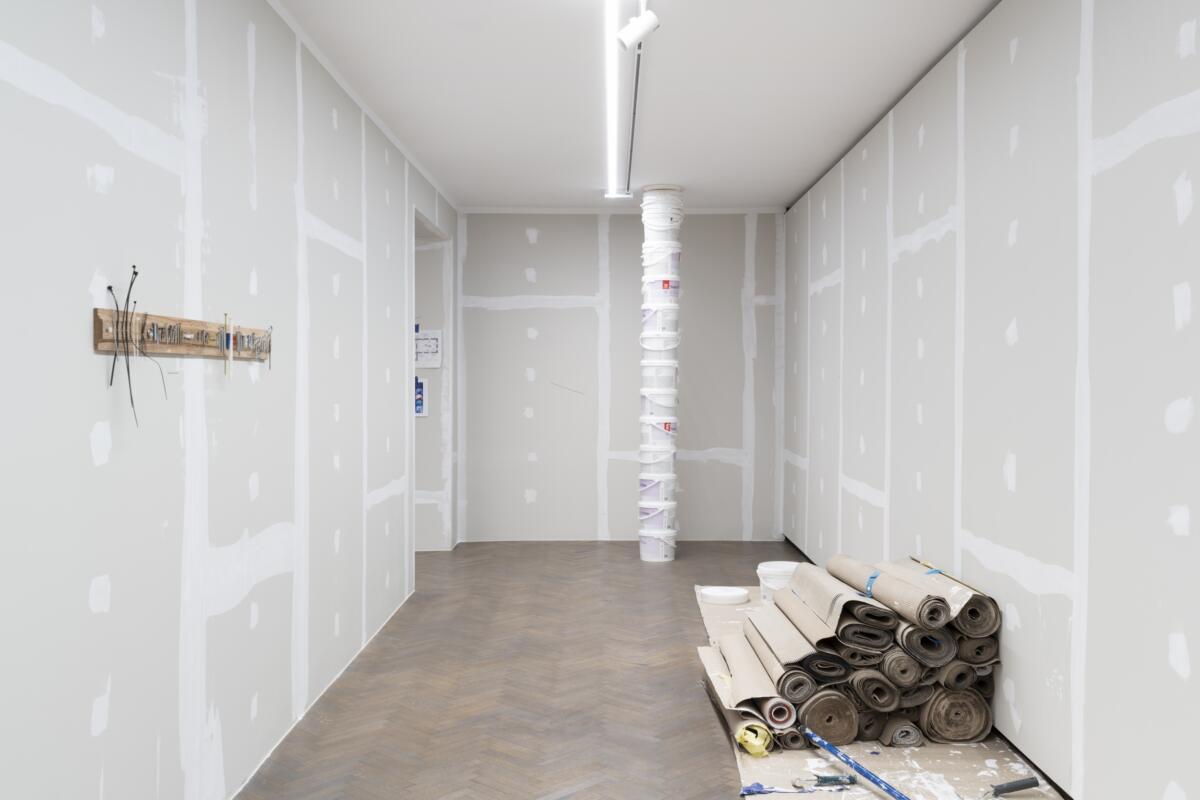
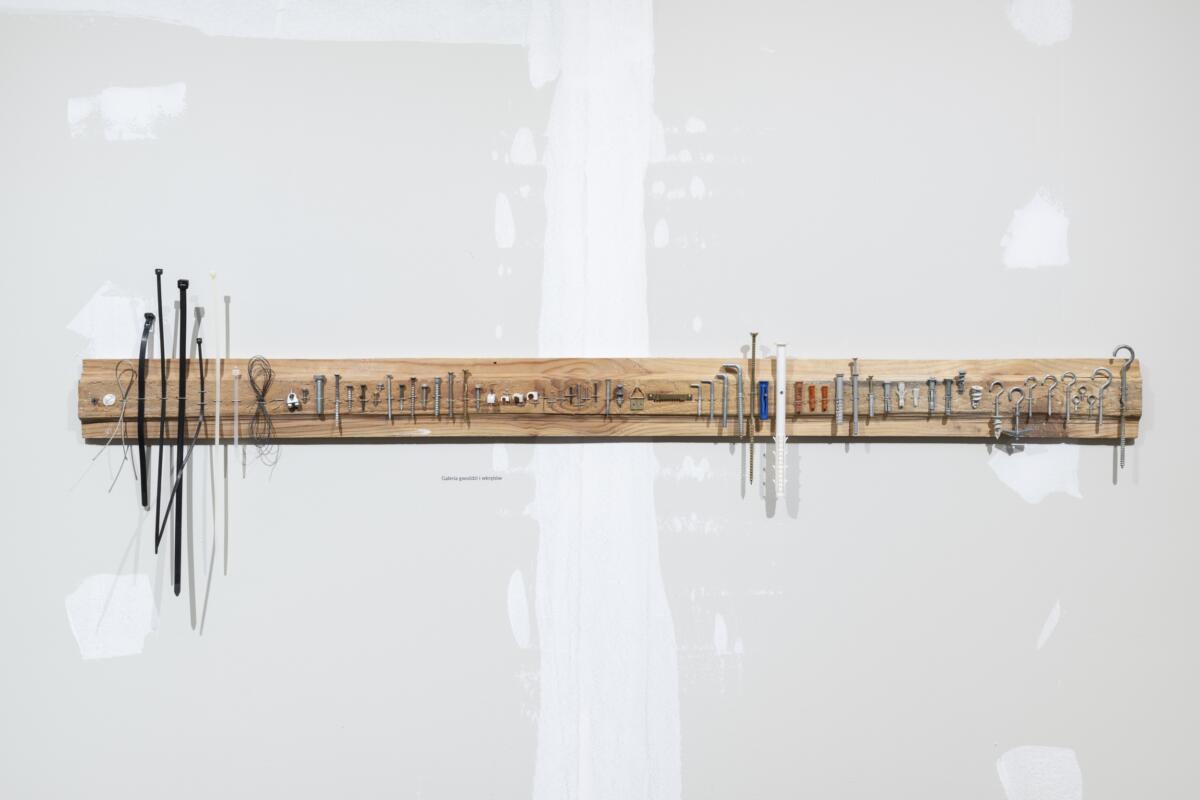
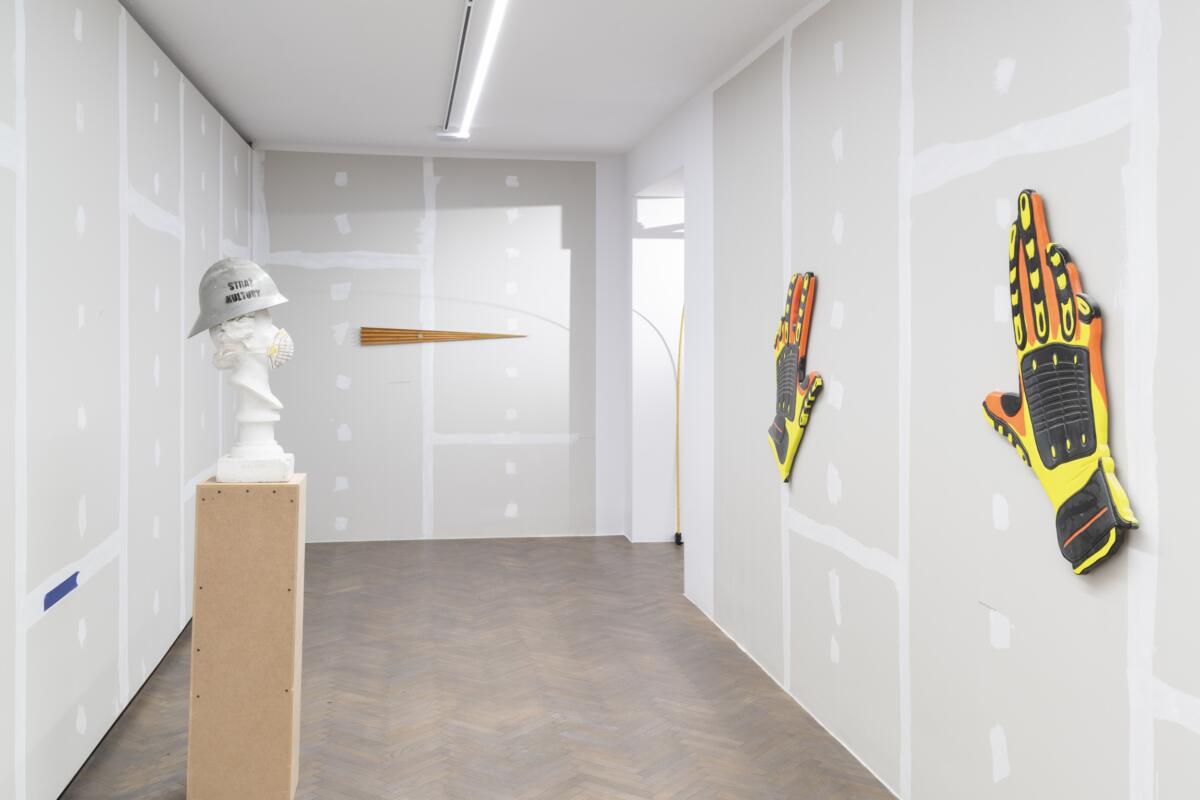
In Arsenal, the decoupling of conceptual work and manual labor – and fetishizing the former at the expense of the latter – has been reversed. Here, the material and immaterial aspects of art have been merged once more, ready to be reconfigured following new, more sensible rules. Even if we consider the exhibition as a temporary carnivalesque mirroring of the non-artistic realm, the team behind it has managed to set a new standard for acknowledging a communal effort of putting together an institutional show. Change of Exposition was one of those rare projects whose relevance to the artworld is hard to question. Hopefully, the show’s aftereffects will last and grow, bringing us closer towards a more just and welcoming artworld.
Edited by Katie Zazenski
[1] Piotr Policht, „Świat sztuki jest pełen patologii”, https://culture.pl/pl/artykul/bartek-buczek-swiat-sztuki-jest-pelen-patologii-wywiad, last accessed: 21.06.2023.
[2] “Hypertext Hotel”, curated by Alicja Melzacka, 25.11.2022 – 14.1.2023, SB43, Brussels, https://sb34.org/PAST-PROJECTS (last accessed: 26.06.2023).
Imprint
| Artist | Bartek Buczek |
| Exhibition | Change of Exposition. Bartek Buczek with the technical department of Galeria Arsenał in Białystok. |
| Place / venue | Arsenal Gallery in Białystok |
| Dates | 31.03.2023 - 21.05.2023 |
| Curated by | Tomek Pawłowski-Jarmołajew |
| Photos | Tytus Szabelski-Różniak |
| Website | galeria-arsenal.pl/en |
| Index | Arsenal Gallery in Białystok Bartek Buczek Ewa Borysiewicz Tomek Pawłowski-Jarmołajew Tytus Szabelski-Różniak |

